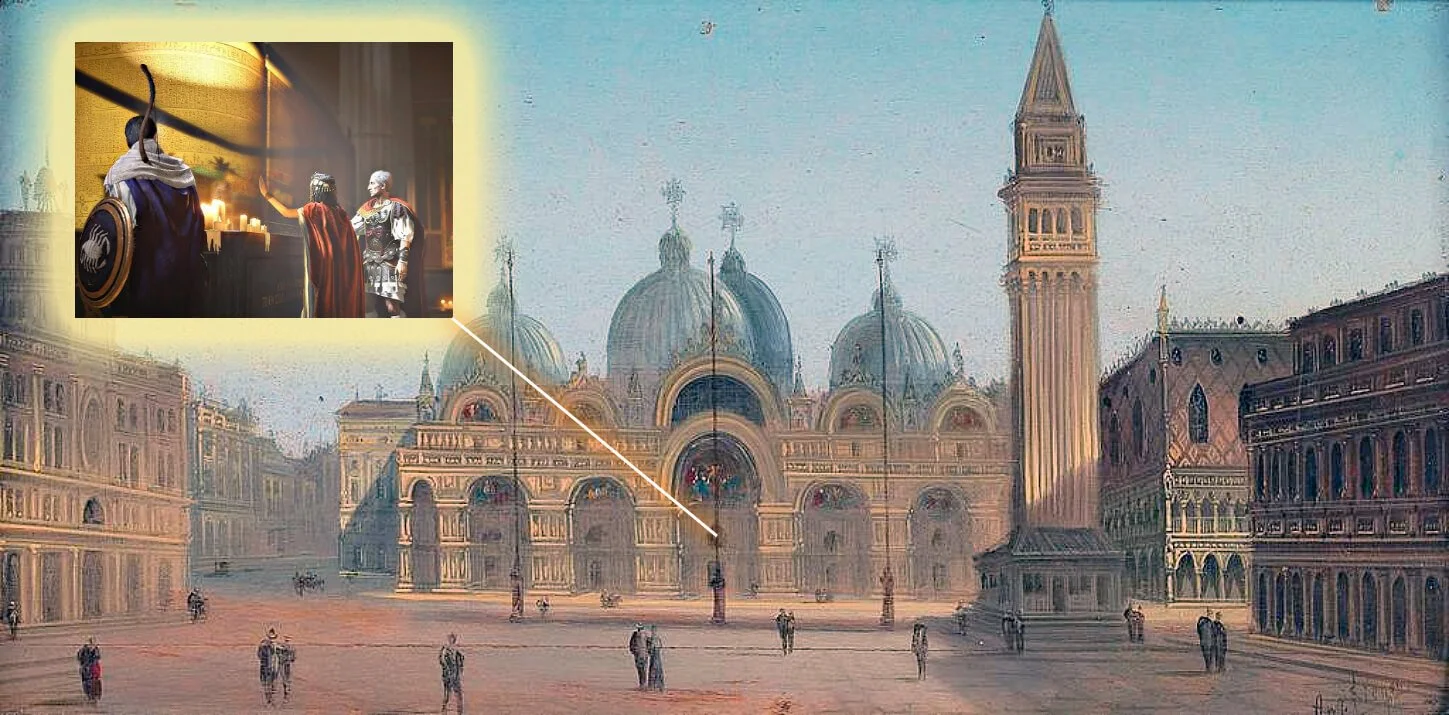Archaeologists in Pompeii have made a striking discovery—two nearly life-sized statues, one of a man and one of a woman, believed to have adorned a large tomb in the ancient city.
The statues were uncovered during excavations at a monumental burial site within the Porta Sarno necropolis, one of the main gateways into ancient Pompeii. The tomb features multiple burial niches built into a wall, and these two statues likely held significant symbolic meaning for the people interred there.
Experts believe the female figure may represent an important local woman—possibly a priestess of Ceres, the Roman counterpart of the Greek goddess Demeter. This theory is supported by her elaborate jewelry and accessories, including earrings, rings, and bracelets, which suggest high status.
“These statues date back to the late Roman Republic,” said Gabriel Zuchtriegel, director of the Pompeii Archaeological Park. “The woman appears to be part of the local elite, and there’s a strong possibility she was a priestess of Ceres.”
The female figure is depicted holding what appear to be laurel leaves—symbols commonly associated with purification and the blessing of sacred spaces through incense and aromatic smoke. In Roman society, priestesses held a prominent role in religious and civic life. In fact, it was one of the highest public positions a woman could attain at the time.
Interestingly, while the statues were placed side by side, archaeologists aren’t certain they represent a married couple.
“Funerary sculptures didn’t always depict couples,” Zuchtriegel explained. “Sometimes they show two men, or even three individuals. This man could be her husband—or possibly her son. Without an inscription, it’s impossible to say for sure.”
Regardless of their exact relationship, the statues offer a rare and intimate glimpse into the lives—and afterlives—of Pompeii’s elite just before the city was frozen in time by the eruption of Mount Vesuvius.











